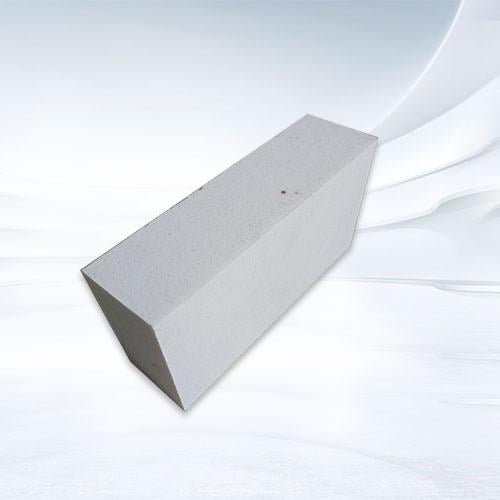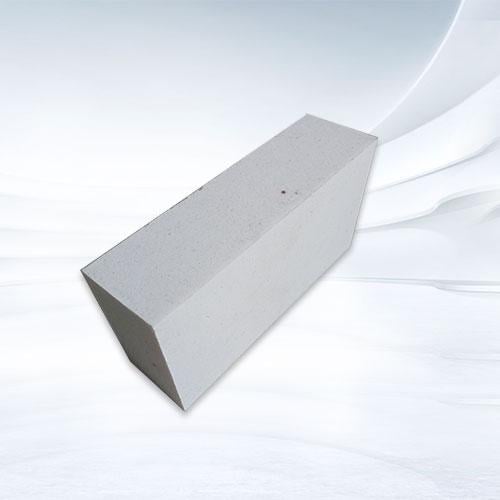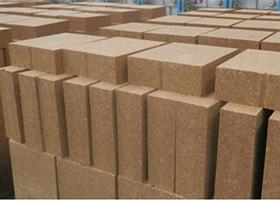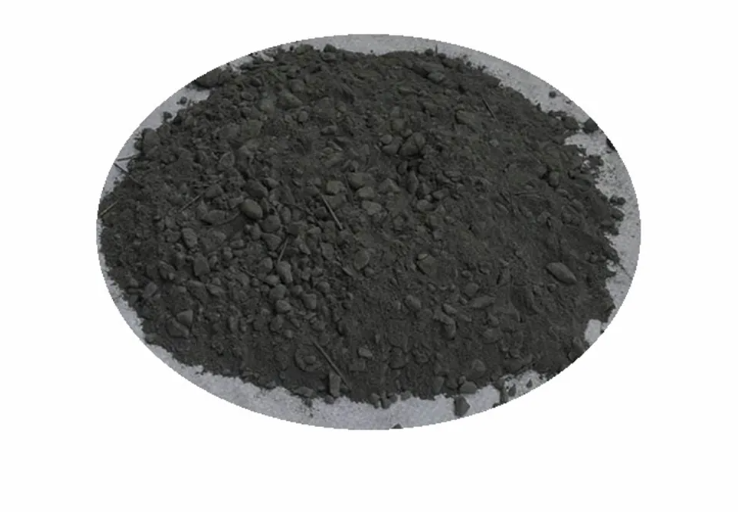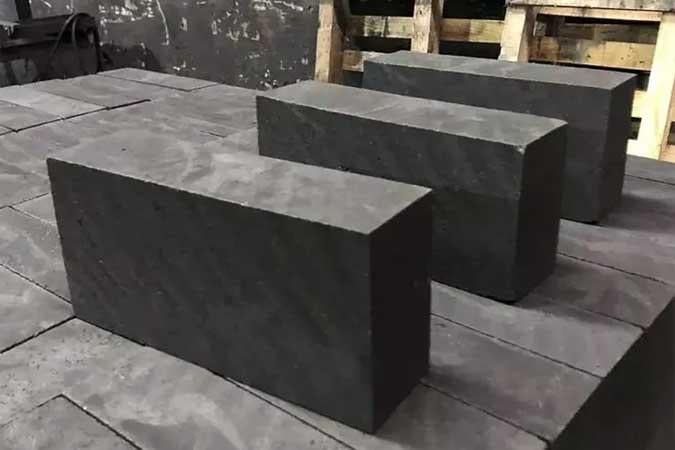JM23 Insulation Brick
Nuevo
$3213
In stock
Henan, 中国
0 Vista previa
JM23 insulation bricks are lightweight refractory bricks known for their low thermal conductivity, excellent thermal insulation, and high resistance to thermal shocks. Made primarily from high-purity materials, these bricks are precisely manufactured to withstand extreme temperatures while maintaining structural integrity.
Key Features of JM23 Insulation Brick
1. Low Thermal Conductivity:
JM23 bricks are specifically designed to minimize heat loss, making them ideal for high-temperature applications. Their low thermal conductivity helps maintain consistent temperatures within furnaces or kilns, leading to reduced energy consumption.
2. High Thermal Shock Resistance:
These bricks can withstand rapid temperature changes without cracking, ensuring long-lasting durability even in demanding environments.
3. Lightweight Design:
The lightweight structure of JM23 bricks reduces the overall load on furnaces or kilns, making them easier to install and manage.
4. High Purity Materials:
Composed of premium-grade raw materials, these bricks are free from impurities that could compromise performance under extreme conditions.
5. Wide Temperature Range:
Suitable for applications up to 1260°C (2300°F), JM23 bricks provide reliable insulation across a variety of industrial settings.
Applications of JM23 Insulation Brick
JM23 insulation bricks find use in a wide range of industries, including:
- Glass and Ceramics: Ideal for lining kilns and furnaces used in glass manufacturing and ceramic firing processes.
- Metallurgy: Commonly used in heat treatment furnaces and ladle insulation for steel production.
- Petrochemical Industry: Perfect for high-temperature reactors and refining equipment.
- Power Generation: Used in boilers and energy-efficient power plants to optimize heat management.
product url: https://refractoryfurnace.com/sintered-refractories/jm23-insulation-brick/
Key Features of JM23 Insulation Brick
1. Low Thermal Conductivity:
JM23 bricks are specifically designed to minimize heat loss, making them ideal for high-temperature applications. Their low thermal conductivity helps maintain consistent temperatures within furnaces or kilns, leading to reduced energy consumption.
2. High Thermal Shock Resistance:
These bricks can withstand rapid temperature changes without cracking, ensuring long-lasting durability even in demanding environments.
3. Lightweight Design:
The lightweight structure of JM23 bricks reduces the overall load on furnaces or kilns, making them easier to install and manage.
4. High Purity Materials:
Composed of premium-grade raw materials, these bricks are free from impurities that could compromise performance under extreme conditions.
5. Wide Temperature Range:
Suitable for applications up to 1260°C (2300°F), JM23 bricks provide reliable insulation across a variety of industrial settings.
Applications of JM23 Insulation Brick
JM23 insulation bricks find use in a wide range of industries, including:
- Glass and Ceramics: Ideal for lining kilns and furnaces used in glass manufacturing and ceramic firing processes.
- Metallurgy: Commonly used in heat treatment furnaces and ladle insulation for steel production.
- Petrochemical Industry: Perfect for high-temperature reactors and refining equipment.
- Power Generation: Used in boilers and energy-efficient power plants to optimize heat management.
product url: https://refractoryfurnace.com/sintered-refractories/jm23-insulation-brick/
JM23 insulation bricks are lightweight refractory bricks known for their low thermal conductivity, excellent thermal insulation, and high resistance to thermal shocks. Made primarily from high-purity materials, these bricks are precisely manufactured to withstand extreme temperatures while maintaining structural integrity.
Key Features of JM23 Insulation Brick
1. Low Thermal Conductivity:
JM23 bricks are specifically designed to minimize heat loss, making them ideal for high-temperature applications. Their low thermal conductivity helps maintain consistent temperatures within furnaces or kilns, leading to reduced energy consumption.
2. High Thermal Shock Resistance:
These bricks can withstand rapid temperature changes without cracking, ensuring long-lasting durability even in demanding environments.
3. Lightweight Design:
The lightweight structure of JM23 bricks reduces the overall load on furnaces or kilns, making them easier to install and manage.
4. High Purity Materials:
Composed of premium-grade raw materials, these bricks are free from impurities that could compromise performance under extreme conditions.
5. Wide Temperature Range:
Suitable for applications up to 1260°C (2300°F), JM23 bricks provide reliable insulation across a variety of industrial settings.
Applications of JM23 Insulation Brick
JM23 insulation bricks find use in a wide range of industries, including:
- Glass and Ceramics: Ideal for lining kilns and furnaces used in glass manufacturing and ceramic firing processes.
- Metallurgy: Commonly used in heat treatment furnaces and ladle insulation for steel production.
- Petrochemical Industry: Perfect for high-temperature reactors and refining equipment.
- Power Generation: Used in boilers and energy-efficient power plants to optimize heat management.
product url: https://refractoryfurnace.com/sintered-refractories/jm23-insulation-brick/
0 Commentarios
0 Acciones
612 Views
0 Vista previa




